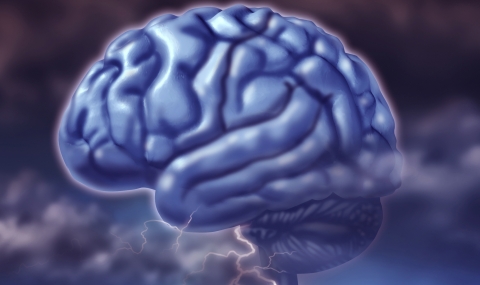Neural Mechanisms of Learning
What drives learning? What motivates the brain to process and store new information? As humans, we learn for fun, and sometimes even against our will. However, the neural mechanism that developed thru evolution did so for one purpose: survival. It has developed as reaction for two types of reinforcers: positive – that improve our survival (e.g. food), and negative – that threaten our survival. Thus, to study learning, we can use relatively simple reinforcement tasks that can be implemented in the lab, and still draw conclusions to more complex learning systems. We are also interested in how learning in neuronal networks can generalize correctly to similar, yet previously un-experienced, situations.
Human emotions are complex evolutions of these systems. For example, what we call fear is the result of stimuli that risk the animal's survival. Indeed, not surprisingly, the same brain systems that process emotions in humans are those responsible for processing of simple reinforcers of fearful and rewarding (appetitive) stimuli in all animals. One such central brain region is the amygdala, an almond-shaped set of nuclei in the medial temporal lobe that is highly involved in reinforcement learning and processing of emotional stimuli. Emotions are also a way to communicate the threats and goods to other individuals; and indeed the amygdala has, together with the prefrontal cortex, evolved in primates to be a major player in social cognition, social learning, and modulation of emotions.
To uncover such mechanisms, we look in the amygdala-prefrontal pathway for changes in the activity of simultaneously recorded networks of neurons, and relate them to the behavioral signatures of learning and memory formation. We try to "manipulate" the learning process and formation of memories with behavioral paradigms and electrophysiological approaches to either extinguish them, or even strengthen the memories.
Finally, it is clear that malfunctions of the amygdala and its connectivity with the prefrontal cortex underlie many of the neurodegenerative psychiatric disorders. We thus use simplified paradigms and electrophysiological approaches to shed light and hopefully create animal models for autism, anxiety disorders in general and post-traumatic-stress-disorder in particular. We do basic research, but believe deep understanding of brain mechanisms is necessary to understand "what goes wrong" in these scenarios.


